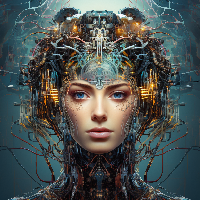ML
AI
Python
Life
Weekly
Apps
Git
chatGPT
Blogging
TensorFlow
ML
genAI
LLM
DL
NLP
GenAI
MAC
Preprocessing
SEO
Ethics
AI Law
AI News
AI-Dev
Agentic
Conda
History
News
PhD
Regression
Research
Setup
AI Engineering
AI Regulation
Antigravity
Automation
CLI
CNN
Classification
Cursor
Data
Development Tools
Fine Tuning
Food
GitHub
IDE
Kaggle
Mac
Mixed Precision
OS
RS
Robots
Study
Transfer Learning
research










